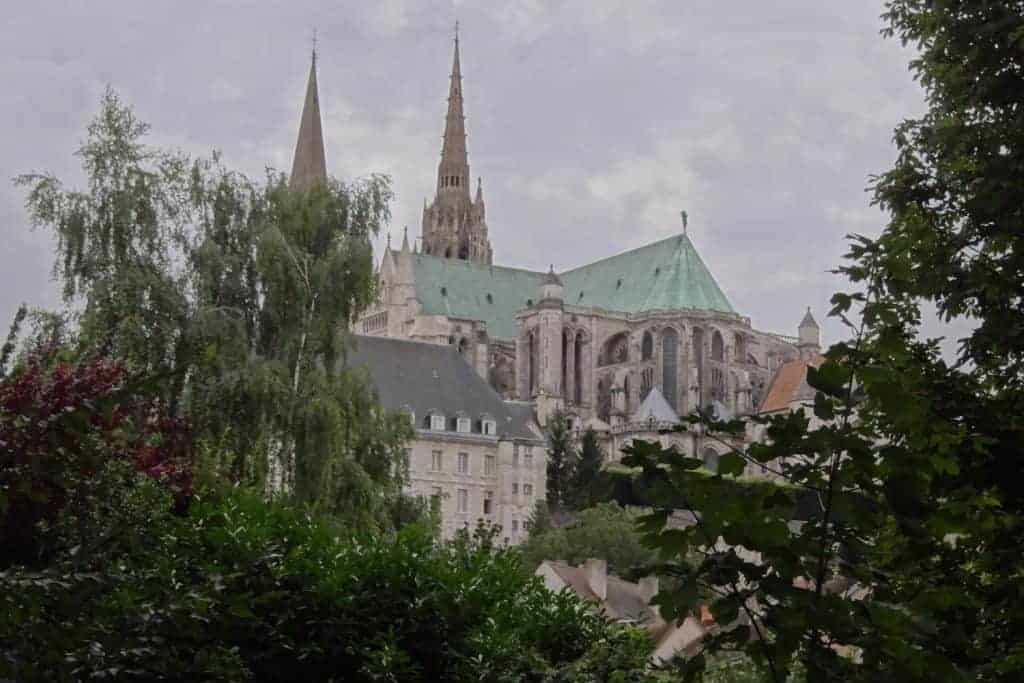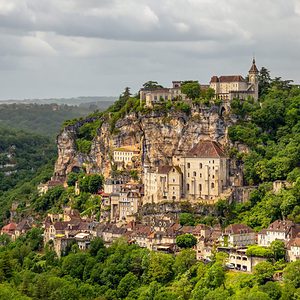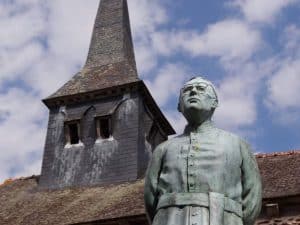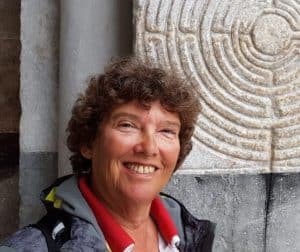What is the relationship between Chartres Cathedral and the Knights Templar? What did the cathedral’s builders know about the Ark of the Covenant? Why is there a labyrinth in the church? And finally, what is a “wouivre”?
Chartres Cathedral
On a hill, Chartres Cathedral stands imposingly. It is impossible to miss if you are traveling towards Chartres. It was constructed in the year 1200, but the architect is unknown. Even before the cathedral was erected, the site was already worshiped. There had been older churches, which the Vikings had repeatedly burnt down or pillaged. According to some sources, the first church was built in 67.
After the devastating fire of 1194, it was decided to reconstruct the Chartres cathedral in Gothic style. During the Crusades, it is likely that this building technique was learned. The calculations needed a comprehensive understanding of geometry, which could be acquired from the Arab experts.
During the same time period, around twenty cathedrals were constructed across Europe. It is still a mystery where all these specialized laborers came from. There were around 10,000 specialist employees in Chartres, according to estimates. For many of these churches, the architects also remained unknown, whereas today, we would like to know how they got and shared their knowledge.
What are the mysteries of Chartres Cathedral?
The mystery of the cathedral consists of several elements:
- The cathedral is entirely dedicated to Mary;
- The cathedral is an ancient “power place”;
- Chartres and the relation with the Knights Templar;
- Chartres and its beautiful labyrinth
.
1. Chartres Cathedral is dedicated to Mary
Like many Gothic churches, the church has a feminine feel. The crypt is the place where female modesty is most evident.
The crypt resembles the cathedral’s womb; it appears to carry a promise, in the same way that the promise of an oak tree is concealed in an acorn. The crypt contains the mystery of the Cathedral’s foundations.
The consecration to Mary is especially visible in the following elements:
a. The Sancta Camisa
The old Romanesque church was already important because the Sancta Camisa was preserved here. This textile piece was donated to the church in Chartres by Charles the Bald (grandson of Charlemagne) in 876. According to tradition, this was a robe worn by Mary during the birth of Jesus. On her deathbed, she gave it to a friend. Eventually, it would end up with the Byzantine Empress Irene, who donated it to Charlemagne.
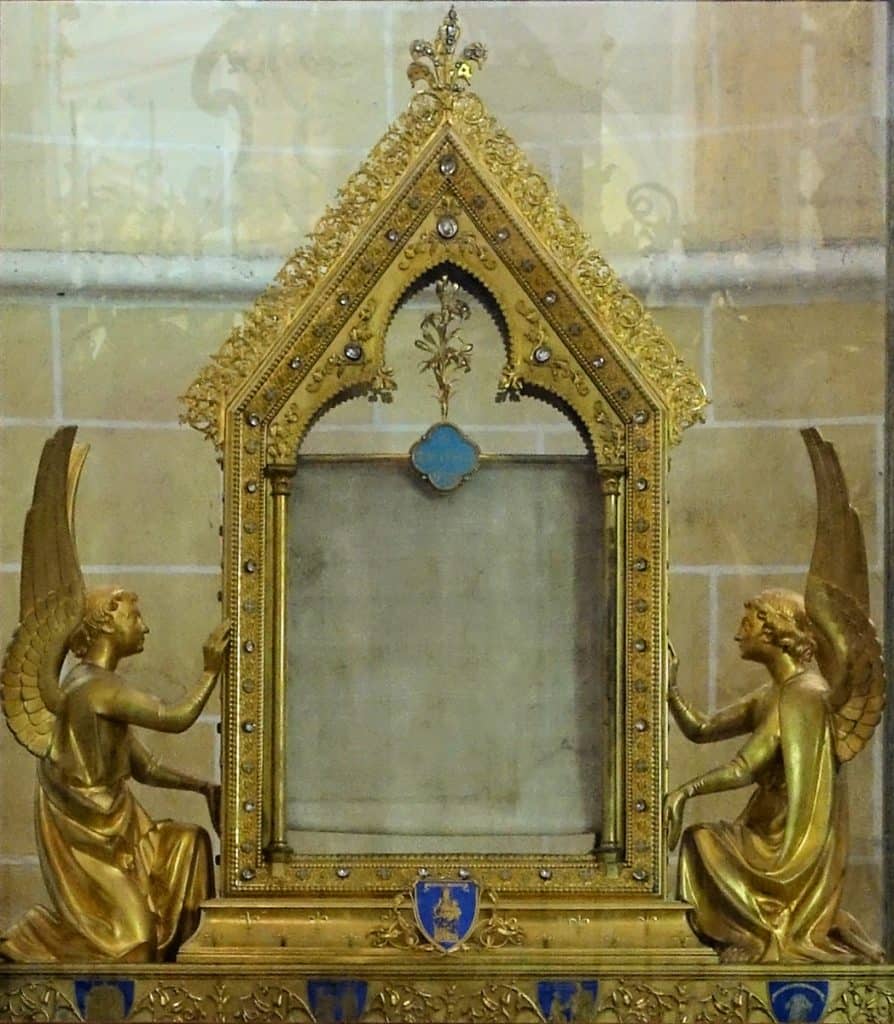
The relic miraculously survived the fire of 1194, which was interpreted as a sign of Mary. The church authorities believed Our Lady wanted the old Romanesque church to be replaced by a larger and more beautiful church.
b. The Black Madonna
For a long time, Chartres was recognized for its black Madonna. However, to my amazement, when I visited Chartres in 2018, the figure was white.
The “ugly black covering” marked it for the preceding 500 years had been removed. So perhaps those in charge of the restoration are correct, and the Madonna was restored to her original colors.
The black coating on the statue was caused by soot and age, according to the workers who repaired it, yet the original picture always felt so beautiful and used to move me.
The repaired statue is still lovely, but it is no longer alive. In my opinion, she lost her charm.
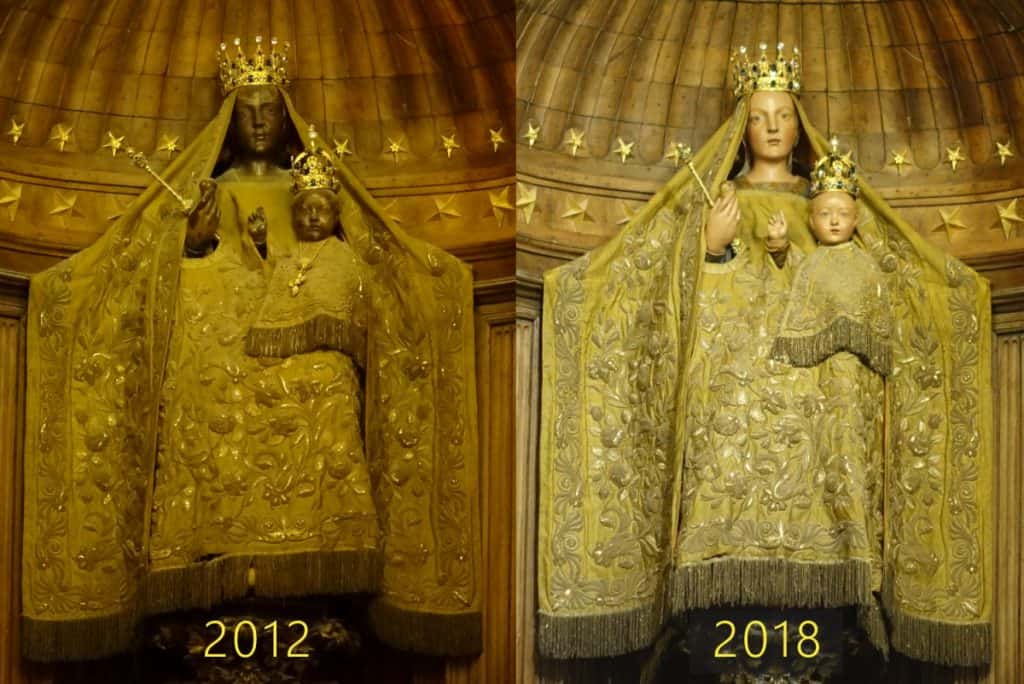
c. Notre-Dame-Sous-Terre
Actually, Mary had a difficult time in the cathedral that was entirely devoted to her.
The revolutionaries destroyed the original wooden Madonna, Notre-Dame-Sous-Terre, which was kept at Chartres from 1013 till the French Revolution. The picture now shown in the crypt is a reproduction. This motif is also carved into the stone that adorns the entrance’s threshold.
d. Notre-Dame de la Belle-Verrière
One of the oldest pictures of Mary is the Notre-Dame de la Belle-Verrière. On the cathedral’s south side, you will find a stained-glass window dating from before the fire of 1194.
It is the window of Mary with Jesus on her lap and known as the Bleu Madonna.
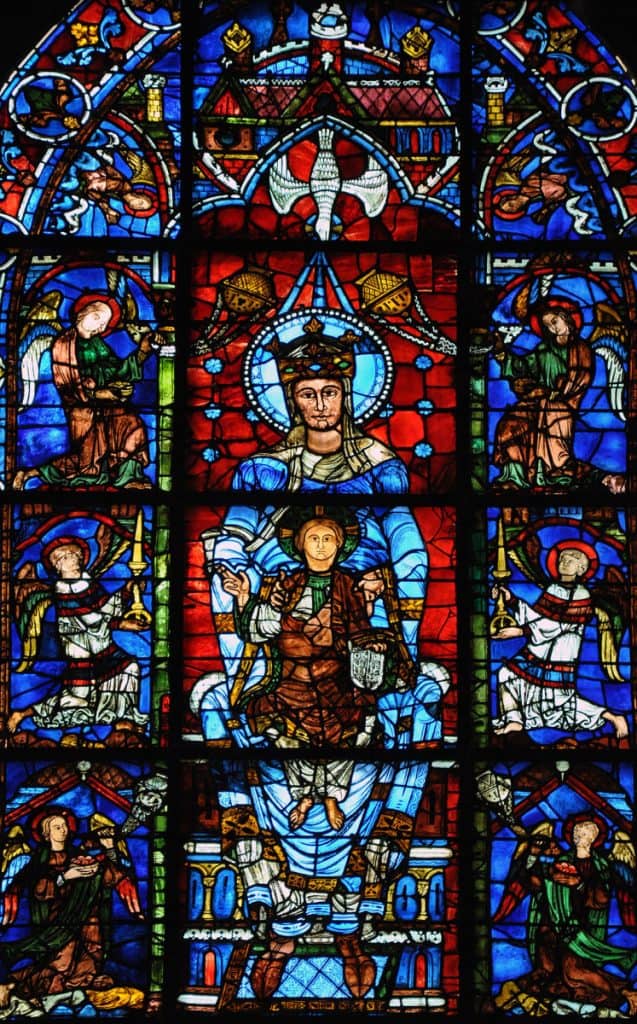
If you are interested in the stained-windows, don’t forget to read The Rose Windows of Chartres Cathedral.
2. Chartres cathedral is an ancient power place
The origin of the name Chartres may be attributed to the Carnutes. These people lived a vast region between the Seine and the Loire. Orléans (Cenabum) and Chartres (Autricum or Carnutes) were the two largest cities in their region.
Julius Caesar wrote in 60 B.C. about the druids’ yearly religious gatherings. This gathering was held alternately in these two cities.
This proves that Chartres was already a religious place in ancient times, but the following elements also testify to the divine origins of the cathedral:
a. The Crypt
The crypt under the chapel is worth a visit. Unfortunately, one is occasionally rushed through them by hasty guides. Yet, if one listens carefully, one can hear the water flowing from the spring upon which the church is built.
The crypt is the heart of Chartres, the Holy Spot where everything began thousands of years ago.
b. Ley lines or de wouivres van Chartres
A wouivre is, according to the French writer Louis Charpentier, the Gallic name for Spirit.
It is more commonly known by the name leyline, an earth current that flows through the earth’s crust and oceans.
Leylines are natural phenomena and can be felt by some people.
Chartres stands at a crossroads of these lines. The druids (Celtic priests) were able to locate these places, and probably they had designated Chartres as very a special place.
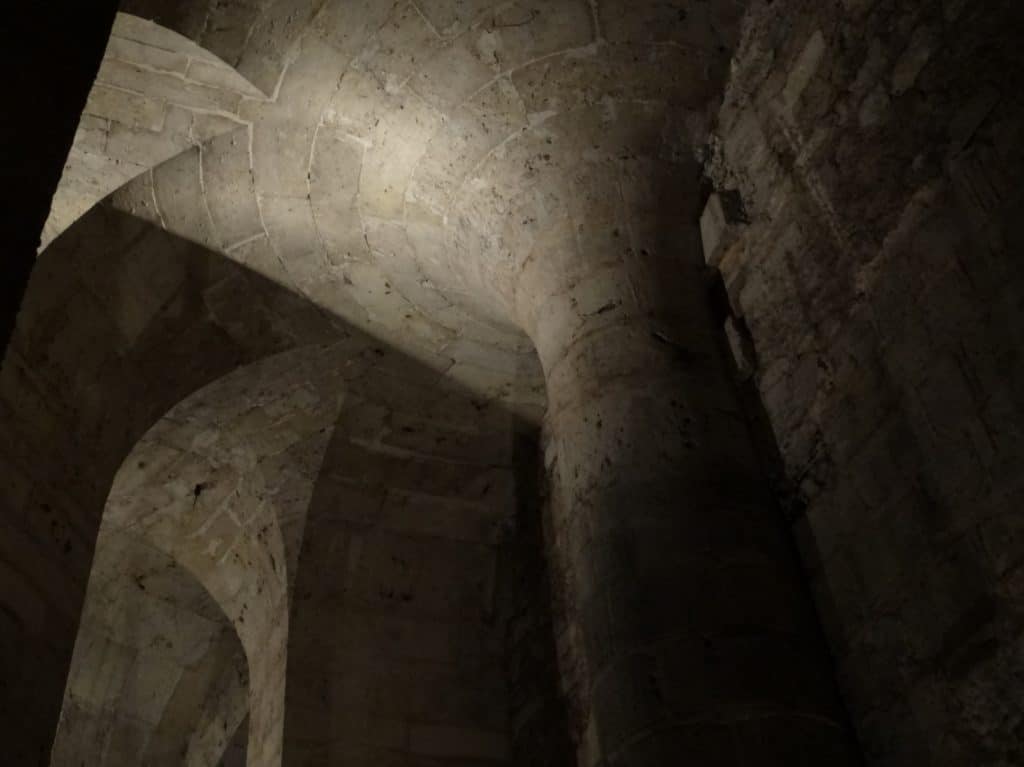
c. The Water Source
For the Celts, a source was a holy symbol of a woman’s fertility. The spring was associated with the sexual organs of Mother Earth. The druids frequently carved a lady with a child to honor these locations.
Notre-Dame-Sous-Terre, the original wooden Madonna, may be a descendant of this cult. A source at the intersection of leylines makes Chartres a powerful site.
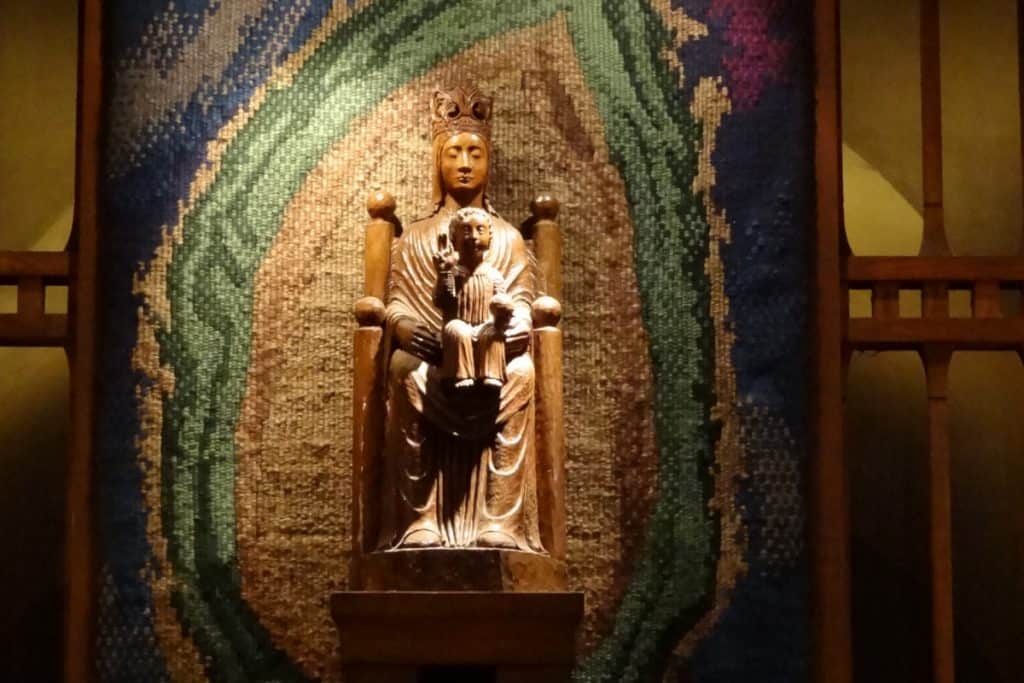
d. Underground Currents
According to Internet rumors, fourteen underground currents converge under the cathedral. These rivers are the foundation upon which Chartres is constructed. I have not been able to discover any evidence to support this, but I am open to suggestions if anyone knows the source of this statement.
3. Chartres was built by the Knights Templar
Several authors write about the relationship between the construction of Chartres and the Knights Templar. The idea is that the knowledge of the construction of Gothic churches must have been learned from architects in the Middle East. This is probably correct. Knowledge of geometry initially originated with the Arabs. It is the basis of the new Gothic architectural style.
However, the notion that we owe the construction of Gothic cathedrals to the Knights Templar is mainly based on the theories of two authors: Louis Charpentier and Graham Hancock.
a. Louis Charpentier
Charpentier was a journalist from France who was interested in sacred geometry. He was the first author to assert that the Knights Templar were the inventors of Gothic architecture.
In his book Les Mystères de la Cathédrale de Chartres, he explores this topic in depth. In his 1966 book, he discusses the Templars’ mission to safeguard Jerusalem’s pilgrims. Given the backgrounds and histories of the first nine knights who met with King Baldwin II of Jerusalem, he believes they acted in behalf of Bernard of Clairvaux. Their ultimate mission was to locate the Ark of the Covenant in Jerusalem.
Charpentier believes that the Ark of the Covenant and Sacred Geometry are connected. Consequently, he believes that the Templars transported the geometric secret to France and utilized it to build Chartres and the other Gothic churches.
b. Graham Hancock
In the nineties, Graham Hancock published a fascinating book about the lost Ark of the Covenant. One of the sources he consulted about this was the Kebra Nagast (here, you can download the English version for free). This book states that the Queen of Sheba and King Solomon had a child. This son’s name was Menelik.
When Graham Hancock visited Chartres during a holiday, he heard that the Queen of Sheba was depicted at the cathedral’s southern and northern entrances. He went to look at the entrance in the north, and discovered an image of the Ark on one of the pillars.
Given the positioning (towards the queen of Sheba) and the text on the pillar, it seemed to him that the story from the Kebra Nagast was depicted here:
ARCHE CEDERIS = ark of the covenant; HIC AMIGATURE = departures.
So the total sentence would be:
HERE, THE ARK OF THE COVENANT DEPARTS.
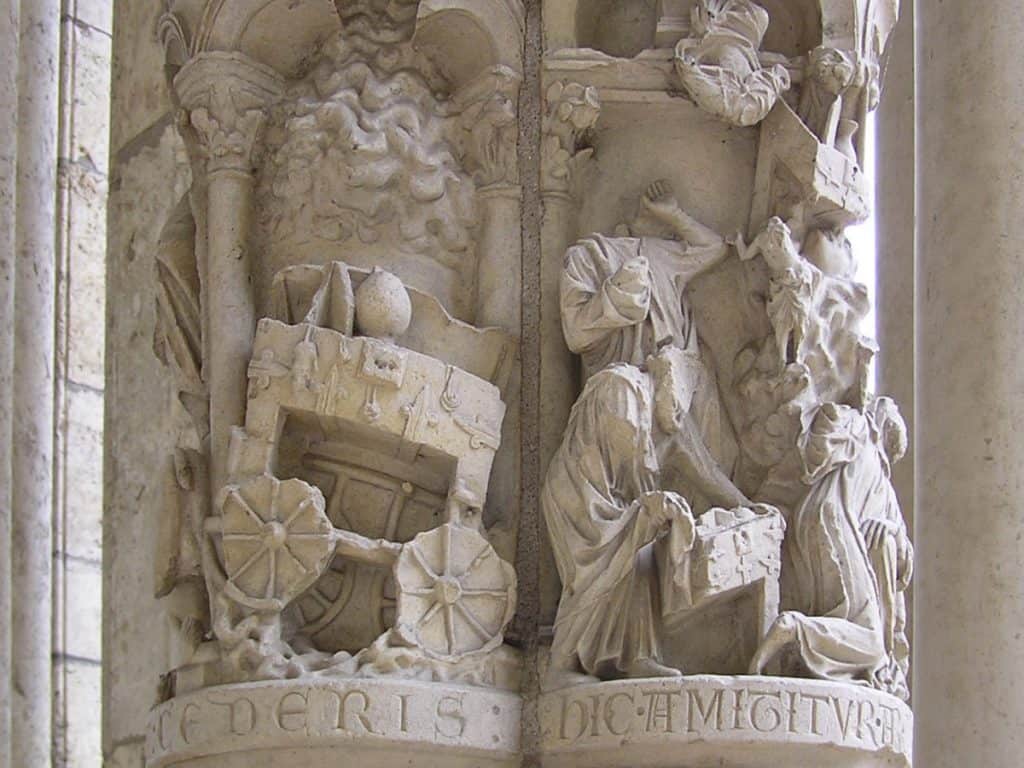
Hancock wondered if the church’s builders were aware of the story of the theft of the Ark by Menelik because here, the story seems to be depicted, including the cart on which the Ark was transported, precisely as described in the Kebra Nagast.
You can read more in “The Ark of Covenant in Ethiopia“.
c. Chartres and the Kebra Nagast
The (re)construction of the cathedral can be timed to (or shortly after) the period of the Grail legends. Chretien de Troyes’ story of Parcival dates back to the 12th century. But unfortunately, de Troyes died before he finished the story.
Wolfram of Eschenbach, who partly rewrote the story and then finished it, lived from 1170 to 1220. Precisely during the construction period of Chartres.
Parts of the Kebra Nagast were translated from Coptic to Arabic in 1225. However, the entire book was compiled in the 14th century, well after the construction of the cathedral.
Trips from Paris
Graham Hancock wondered whether there was a mutual influence during that period. In other words, could the story of the Ark in Chartres be based on the Kebra Nagast, and could this have a relationship with the legend of the Grail dating from the same period?
Hancock tracks down an American linguist, Professor Helen Adolf. In 1947 she wrote an article about the possible connection between the legend of the Holy Grail and the Kebra Nagast.
Hancock then concludes that the cathedral builders depicted this story in stone. All in all, an interesting assumption to keep in mind when looking at the north portal.

4. Chartres and its beautiful labyrinth
The labyrinth in Chartres is more than 12 meters in size. It is said that the center used to be occupied by an image of a minotaur, a creature with the head and tail of a bull and the body of a man. In this post, I unraveled the secrets of Chartres’ Labyrinth.

On the ground near the labyrinth, one can find a round bronze pen. One of the windows has a hole in it. On June 21 at exactly 12:00, which is the middle of summer, the sun will shine through the circle on this bronze pin. A Syrian saint named Apollinaris is shown in the stained-glass window with the hole in it.
Practical information
From the end of April to mid-October, you can see the Chartres en Lumiere every evening. The light festival starts at dusk, repeats until 1:00 am, and is great to experience. You can sit in the park at the main entrance.
- Plan your visit on Friday if you want to walk the labyrinth.
- The cathedral is closed for tourists on Sunday morning and during (other) church services.
- Opening hours are from 8.30 to 19.30
Audioguide: € 7,00 - Entrance Crypt (5 to 7 times a day): €4.00 (note: The tour is in French, you will receive a folder in your language)
- You can visit the bell tower for € 6,00
The official brochure of the cathedral can be downloaded HERE
More french information: http://www.chartres-cathedrale.fr/
Parking: Parking Cathédrale, Place Châtelet 28000, Chartres: €2,50 per hour
Opening hours and prices may vary.
Places to stay
Chartres Cathedral is magnificent, but you will also love the old town. So it will be worthwhile to book a hotel for a day (or two).
Just fill in the dates below and see what is available. I always use booking.com because it is easy to use.
Maybe you’d like to check out the Mercure Chartres Cathedrale hotel. It is in the center, near the cathedral and has a lovely staff.

